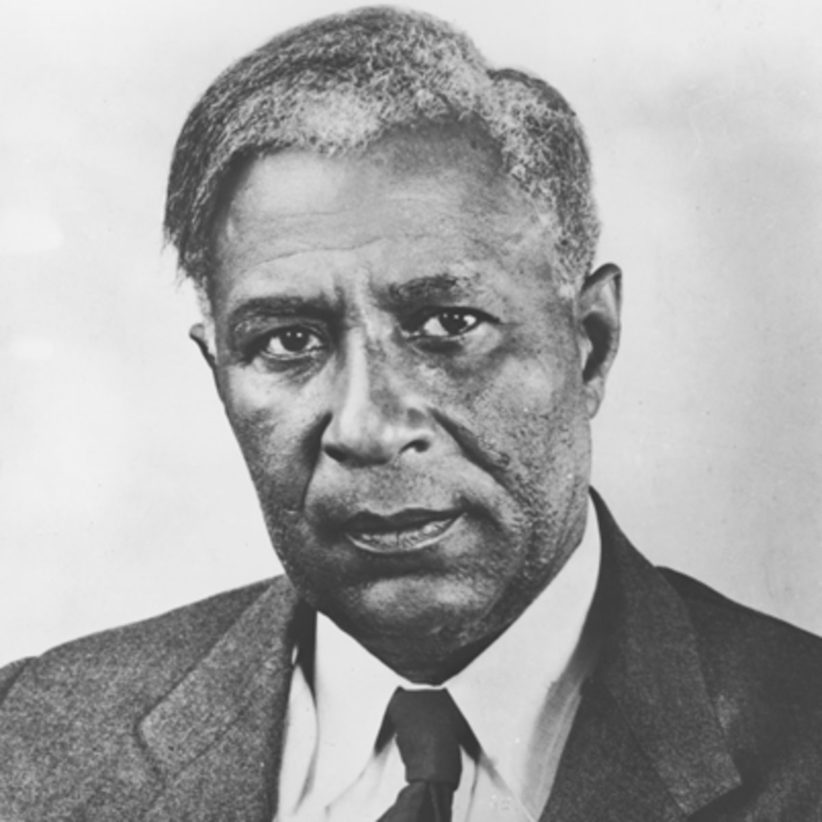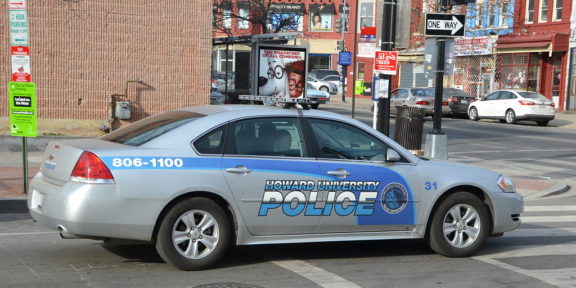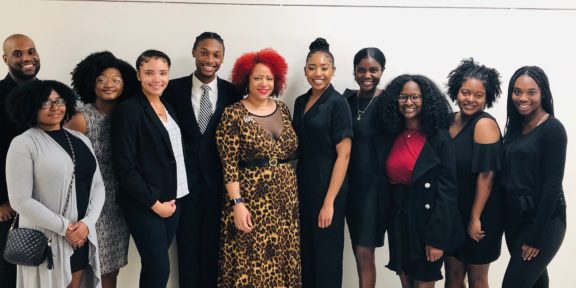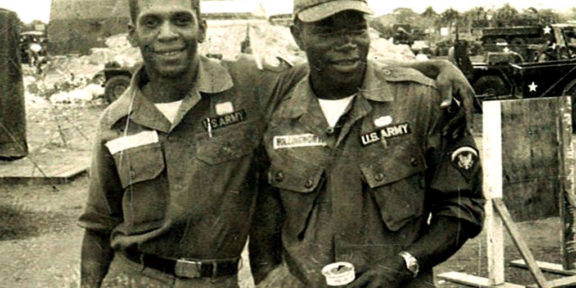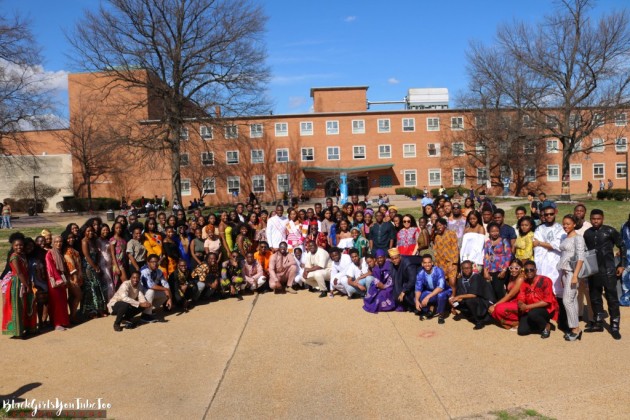Whether it is cultivating pecans and turning them into cash crops or creating the “miracle of sound” that is black music, black people have been at the forefront of creating inventions that become staple fixtures in American society.
As Tiya Miles noted in her 1619 piece for the New York Time Magazine, “The Enslaved Pecan Pioneer,” it was a slave gardener named Antoine who created what would become America’s first successful commercially viable pecan varietal. Black people have made contributions in the realms of food, music (as Wesley Morris pointed out in his piece on popular American music), entertainment and so many other areas that you probably would not even imagine.
One hidden gem in inventors’ history is the trailblazer Garrett Morgan. With only elementary school education, he went on to patent several inventions that remain relevant in today’s time.
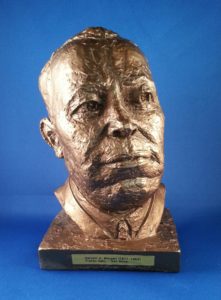
Morgan was born in Paris, Kentucky, on March 4, 1877, and was the seventh of 11 children. His mother was of Indian and African descent, and his father was the son of John Hunt Morgan, a Confederate colonel. Garrett Morgan’s mixed-race background would help play a role in some of his pursued business ventures as an adult.
He first became fascinated with machines after taking jobs at different sewing-machine factories, learning the inner workings of the machines and also how to fix them. He obtained a patent for an improved sewing machine and then opened his own repair business. The business turned out to be a success, and he was able to establish himself in Cleveland.
Following the success of his business and his financial freedom from the patent of his sewing machine, Morgan accidentally developed an invention that would change the hair products industry forever.
In hopes of alleviating a problem associated with the needle of the sewing machine, Morgan began to experiment with chemical solutions to reduce friction created by the needle. Morgan noticed that the hairs of the cloth were straighter after it had come in contact with the solution.
He sampled the solution on the fur of a neighbor’s dog. After seeing successful results, Morgan actually tested the mixture on himself. Shortly after these experiments, he established the G.A. Morgan Hair Refining Company and sold the cream to African Americans. Like Morgan’s other companies, the hair refining business was incredibly successful and allowed him more financial security to pursue other interests.
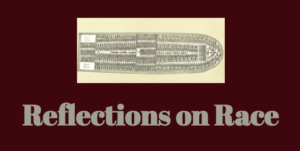 Morgan received a patent for the creation of his “safety hood” on Oct. 13, 1914, and a gold medal at the Second International Exposition of Safety and Sanitation in New York. However, it wasn’t until two years later that the popularity of his invention took off. He demonstrated the superior quality of his device when a methane gas explosion occurred at the Cleveland Waterworks and trapped workers underground in 1916.
Morgan received a patent for the creation of his “safety hood” on Oct. 13, 1914, and a gold medal at the Second International Exposition of Safety and Sanitation in New York. However, it wasn’t until two years later that the popularity of his invention took off. He demonstrated the superior quality of his device when a methane gas explosion occurred at the Cleveland Waterworks and trapped workers underground in 1916.
Two rescue parties entered the tunnel where the explosion took place, but did not return. However, Morgan, his brother and a neighbor made successful trips into the tunnel wearing the devices. The men managed to save two lives before the rescue mission was stopped.
Despite the efforts of Morgan and the other men, they were ignored at first but eventually recognized as heroes. He was nominated for a medal from the Carnegie Hero Fund Commission, but did not receive although four other volunteers were awarded the medal. However, he received several awards for bravery in Cleveland following his actions during the rescue. He began to receive orders for his product from various fire departments and mine owners across the United States and Europe.
Morgan’s breathing device became the prototype for the gas masks that were used during World War I and protected soldiers from the toxic gases being used in warfare. Fire departments in various cities across the country were also equipping their firefighters with Morgan’s device.
His success as an inventor continued and in 1923 Morgan created a new type of traffic signal after witnessing a carriage accident at a problematic intersection in his city. This new traffic signal featured a warning light that would alert drivers when they needed to stop.
Morgan acquired a patent for his traffic signal, which is a prototype of the modern three-way traffic light in the United States, Britain and Canada. However, he would eventually sell his rights to the traffic light to General Electric for $40,000.
Shortly before his death, he was honored by the U.S. government for his model traffic signal invention. His impressive inventions serve as the blueprint for many advancements in American society. The accomplished inventor died in the city where he saw much of his success, Cleveland, Ohio, on July 27, 1963.

